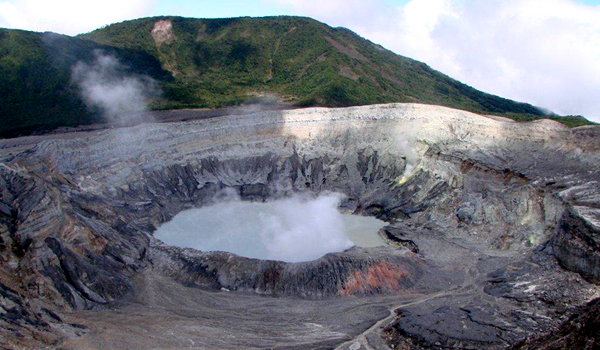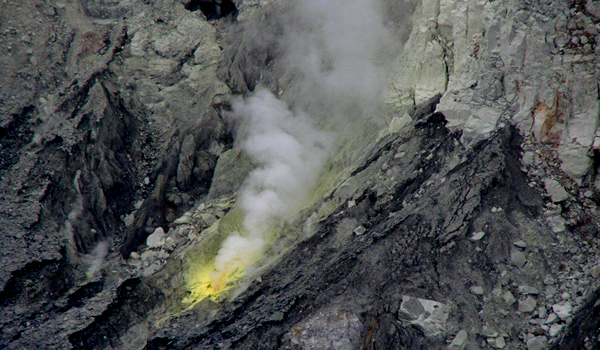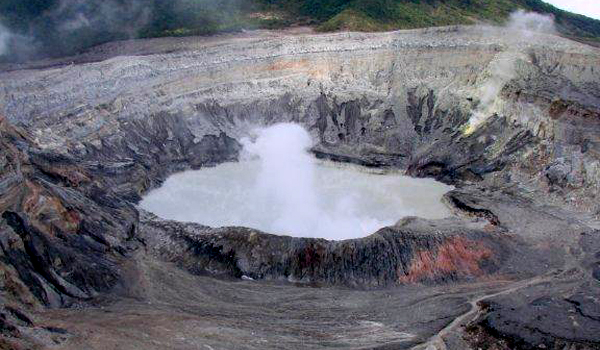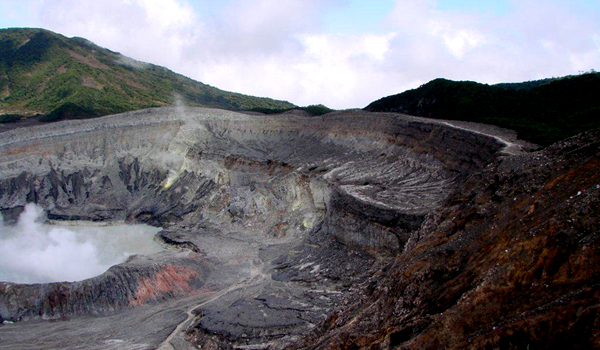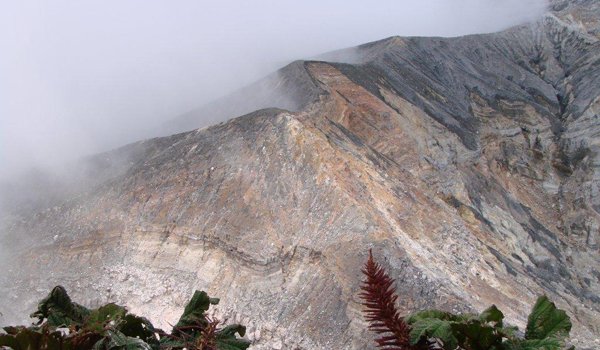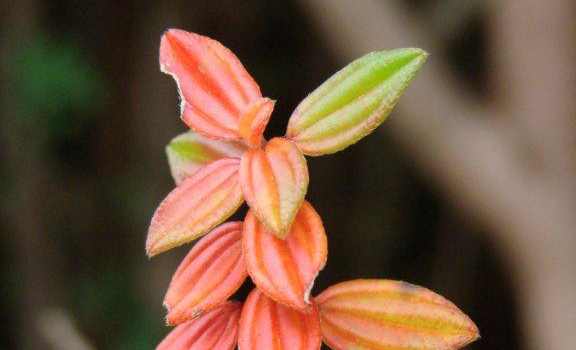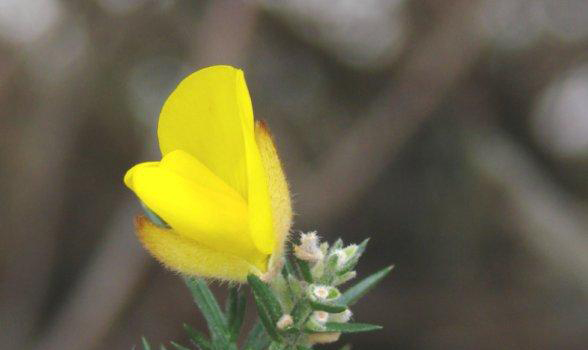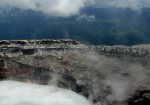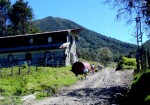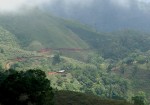The Poás Volcano, (Spanish: Volcán Poás), is an active stratovolcano in the central valley, Costa Rica. Poás is one of Costa Rica’s most active volcanoes and it is located within the Poas Volcano National Park. It has been formed from adjoining eruptive centres with large collapse craters.
A famous eruption in 1910 sent a water geyser 4000 m into the air. Sulphur eruptions have occurred intermittently at the volcano since 1989. It is a nice and easy place to visit if you are near the Central Valley.
There are maps of the nature trails available at the visitors’ center. From the visitor center, there is a paved road that leads to the crater lookout. From the lookout point above the crater, there is an overview of the Poas volcano. The main crater is 1.5-km (1 mi) wide and 300m (1,000 ft) deep and is one of the largest in the world. It is believed to be active in 40-year cycles and rarely erupts. Currently, it is producing acid-like rain and sulfurous gases. Travelers are advised to stay up to 20 minutes because of these conditions.
There are two trails that branch from the lookout. Each offers a about a 30-minute hike through dwarf cloud forest. The forest is dwarfed because of the acid-like rain and sulfurous gases, as well as, freezing night time temperatures. Birds, especially hummingbirds are plentiful. The landscape is dotted with beautiful wildflowers and many kinds of moss, bromeliads and ferns.

